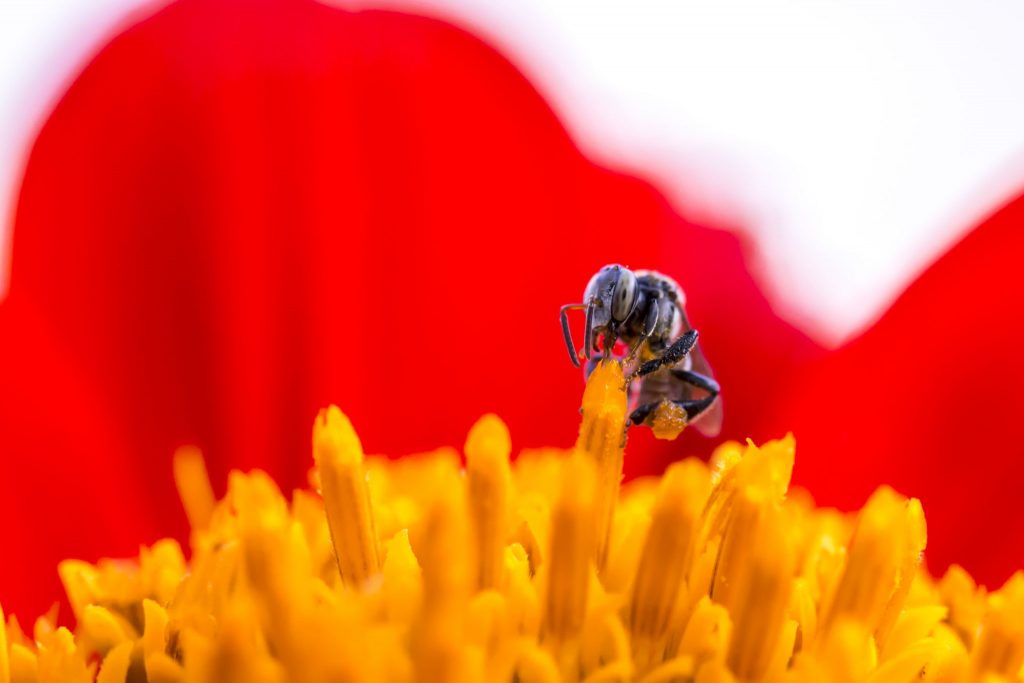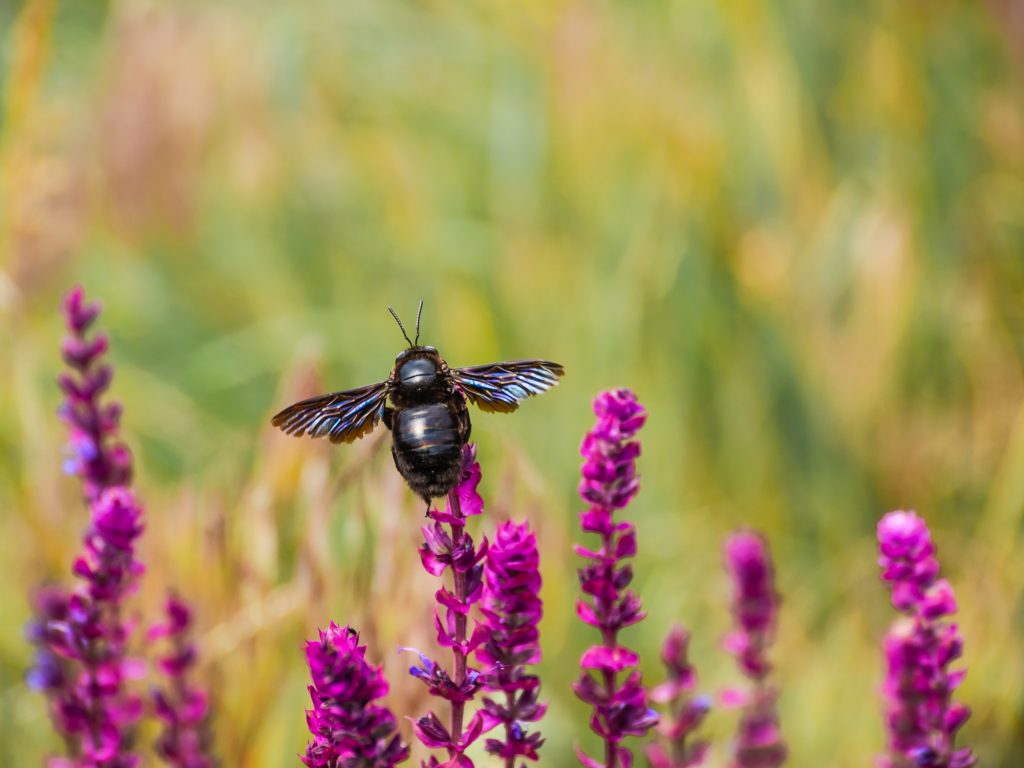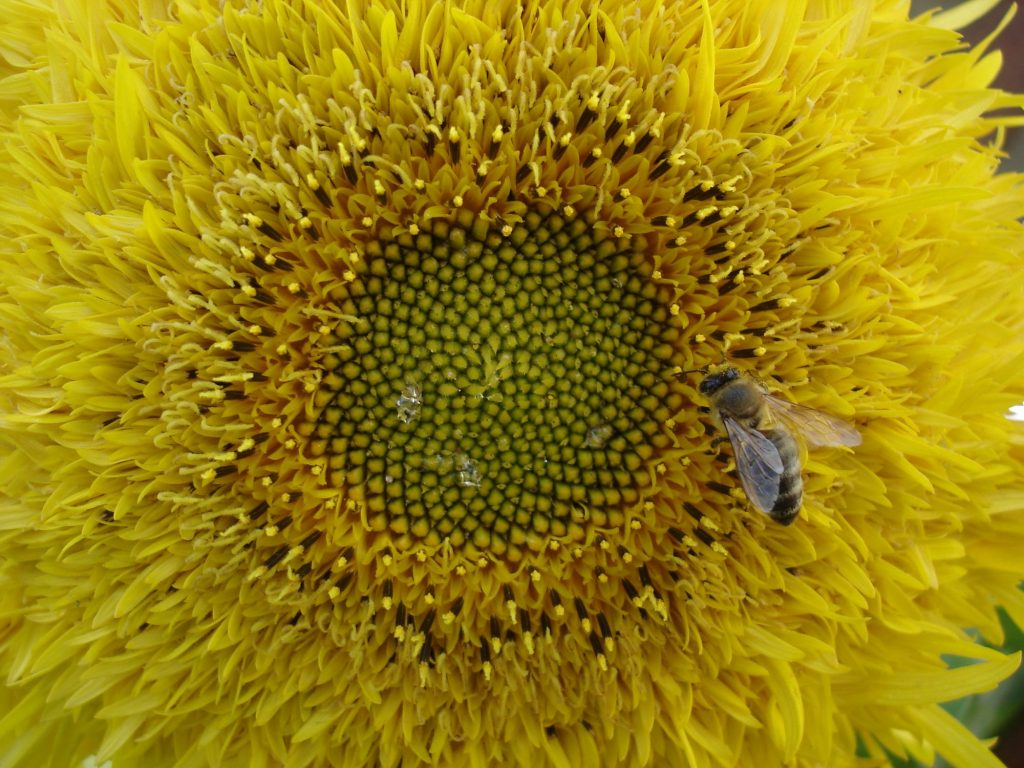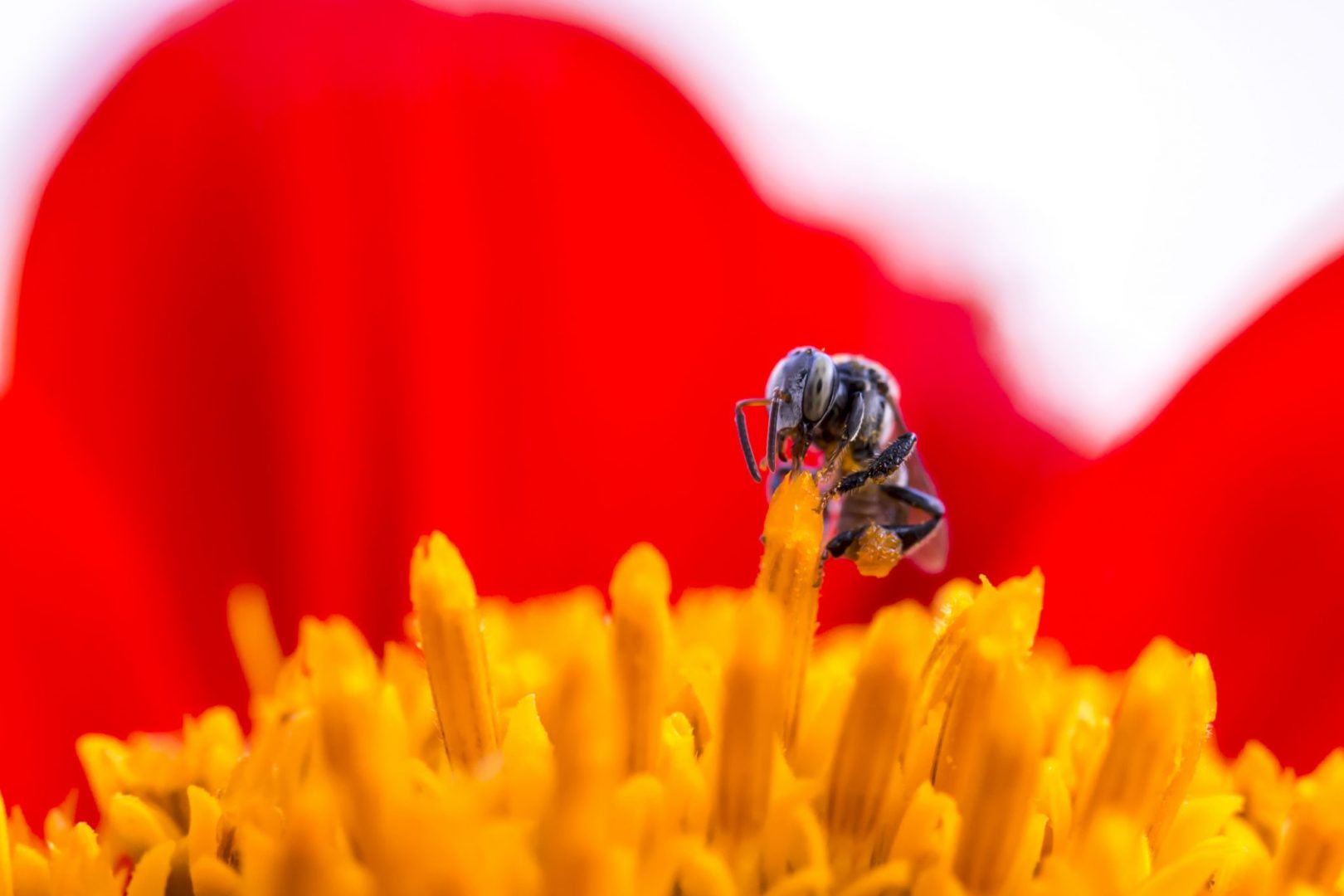Fun and Bee-zarre Facts About Australian Native Bees
It’s a bee-autiful day, isn’t it? In honour of World Bee Day, we would like to introduce you to some fun facts about our buzzing bumble friends that you might have never heard bee-fore. Are you ready? Here we go.
Did you know that…
There are about 1,700 types of “true blue” bees that are endemic or can only be found in Australia.
Yes, that’s a lot of bees. But the more bees, the honey-er it gets. These bees may look like a bigger and fuzzier honeybee, but there’s more to them than meets the eye. Some of these bees nest underground. They also create a teeny tiny loose soil door for them to burrow in and out of their nest.
Other bees nest on creek banks, and even in tiny hollows drilled into timber. The bees in Australia are solitary bees. They just go about their business in collecting pollen and a bit of honey, seal it in with their larvae, and then abandon their nest.
Australian native bees come in many shapes and colours
They can be metallic green, black, yellow, red, or even black with little blue polka dots. They can be fat and furry OR sleek and shiny.
To the untrained eye, they may look like the same old hairy and buzzy, but they’re actually unique in a lot of ways. Some of the native bees might look like a wasp, so please be careful!
Then how do you know whether you’re seeing a bee, a wasp, or a fly?
Would you like to learn how to make your own Beeswax Wraps? Make sure to check out our recipe.
If the flying friend has a bag of pollen on its back legs or under its abdomen, it’s a bee! Also, check their wings – bees have two sets of wings and two sets of flying patterns. So, the next time you go bee-spotting, make sure to take note of these things. Don’t you mix them up with the wanna-bees.
Australia is home to the smallest native bee, which is less than 2 mm long
This bee can be found in Cape York.
We also house the Great Carpenter Bee of the tropical north and northern NSW. It is the largest bee that can grow up to 24 mm long!
Yes, Australia is home to the tiniest species of bees and even the largest one. Now that’s honey-mazing!
Stingers, no stinging
Unlike their other bee siblings from other parts of the world, our bees don’t leave their stinger in their victim. That’s good news, right? Yes, unlike the honeybees, the sting of our native bees are less painful. Also, there are less reported allergic reactions related to a native bee sting.
Not unless you grab them all by hand on your bee spotting journey. Please, don’t do that.
Meet some of our lovely Australian Native Bees
Do you want to see how beautiful and cute our hairy and buzzy friends look like? Here are some of their photos.
Stingless Social Bee

Blue Banded Bee (Amegilla)

Great Carpenter Bees (Xylocopa)

Teddy Bear Bee (Amegilla)

Remember, bees are our bee-friends forever. Let’s keep them safe.
Latest Posts




